Collision regulations are the bible for the navigators.
This is the area onboard that do not distinguish between a fresh third mate and an experienced captain.
Everyone who is supposed to keep an independent navigational watch on wheelhouse is supposed to have the same level of understanding of each rule of the road.
The problem is that the rules of the road though carefully drafted; have not been written in an easy language that everyone can understand.
There is a lot of scope to read between the lines.
For example, While there is a rule on the narrow channel the definition of narrow channel is left to the interpretation of the seafarers.
Rule 2 of the COLREGS (Responsibility) is one such rule.
In this post, we will discuss the rule 2 of the COLREGS.
Why Rule 2 was required?
Some cooks do not like to be told how to cook food on ships.
Once upon a time, someone on a ship told the chief cook that his food, though very good always have a little bit of extra salt.
Next day onwards he found the food with absolutely no salt in it.
Rule 2 of the COLREGS aims to avoid a similar situation with the collision regulations.
Each rule of the COLREGS has specified the exact actions that need to be taken by each vessel on a collision course.
But what if some seafarers followed these rule strictly to a point that the vessel could be in grave danger if at that point COLREGS was followed.
Sea is vast and there is an increasingly huge number of ships at sea. Which means that there could be thousands of peculiar situation that a ship could be subjected to.
To define each of such situations and action to avoid the collision in these thousands of situations could be as difficult task as telling the chief cook the exact amount of salt that he needs put in the food.
Instead, we can give the menu of the week to the chief cook and ask the chief cook to use his common sense to prepare the food that would taste good.
This common sense could be called ‘ordinary practice of cooks”.
Similarly, instead of defining each and every peculiar collision situations, we can define the most common situations and ask the seafarers to use their common sense to follow these rules as well as any peculiar situation that they may encounter.
This common sense is called ordinary practice of seaman.
In short, rule 2 of the COLREGS asks the seafarers to follow the rules of the road but following the rules of the road cannot be an excuse for collision.
Let us discuss rule 2 in detail now.
Rule 2 of the COLREGS (Responsibility)
Here is the complete rule 2 of the COLREGS.
(a). Nothing in these Rules shall exonerate any vessel, or the owner, master or crew thereof, from the consequences of any neglect to comply with these Rules or of the neglect of any precaution which may be required by the ordinary practice of seamen, or by the special circumstances of the case.
(b). In construing and complying with these Rules due regard shall be had to all dangers of navigation and collision and to any special circumstances, including the limitations of the vessels involved, which may make a departure from these Rules necessary to avoid immediate danger.
Nothing in these Rules shall exonerate any vessel, or the owner, master or crew thereof, from the consequences of any neglect to comply with these Rules
First thing first. The dictionary meaning of the word “Exonerate” is “to absolve someone from a blame for a fault”.
And the simple meaning of this line is straightforward. We need to comply with the rules of the road.
In case of an incident that was the result of someone not following the rules of the road, there could absolutely be no excuse.
But there is something more that this line of the rule 2 implies.
It does not just put the entire responsibility on the navigator on the bridge at the time of the incident. It involves the vessel, the shipowner, the master and the crew of the ship.
For example, the shipowner cannot have the defense in a collision incident that involves navigators of his ship not following the rules.
It is also the general responsibility of the shipowner to ensure ( i.e. through periodic navigational audits) that the ship crew follows the rules of the road.
Similarly, it is the responsibility of the master to ensure that his navigators follow the rules of the road.
In other words, rule 2 sets the responsibilities straight.
It is the responsibility of the master and the owners to create an environment of compliance with the rule of the road.
And it is the responsibility of the navigator at the scene to actually follow the rule of the road.
There is no way to escape this responsibility.
or of the neglect of any precaution which may be required by the ordinary practice of seamen, or by the special circumstances of the case.
Let us understand this by an example.
You are on a vessel and there is another vessel head-on. You usually Alter course at 6-mile range which is absolutely fine.
You arrive at 6-mile range from this vessel only to find yourself in this situation.
A situation where there is no room for alteration of course and avoid the risk of collision with another vessel.
Now here is the thing.
In case of collision, no one can escape with an excuse that “we wanted to follow the COLREGS but there was no room for alteration of course and avoid the risk of collision”.
Rule 2 of the COLREGS not only required to follow the rules but also to take required precautions.
The precautions to not to arrive in a situation that would warrant a situation where there is no possible way to ROR compliance.
For example, in the above case, we can reduce our speed as a proactive measure and meet the target vessel in an area that is clear of the fishing traffic.
Ordinary practice of seaman
There is a lot of emphasis on this term in rule 2: the Ordinary practice of seaman.
In simple words, this term just means “common sense”.
Not every situation will be listed in the COLREGS and rule 2 is just asking to use common sense when dealing with the situations.
In an area of restricted visibility, the master may have posted the lookout as required by the company’s SMS manual.
But the ordinary practice of seaman may require the master to post additional person (over and above the requirements of bridge watch level) on the wheelhouse or on forecastle considering the other factors like traffic density in the area.
Calling the master on the wheelhouse at the right time is another example of precaution required by the “ordinary practice of seaman”.
The term “ordinary practice of seaman” tries to fill any gaps in the COLREGS.
Also, consider the overtaking situation in a TSS where you are overtaking another vessel.
Rule 13 requires that we can overtake the vessel from any of her sides.
But precautions as per the “ordinary practice of seaman” suggests that we must overtake this vessel from her port side.
This is because, at the time of overtaking, she is most certainly going to alter her course to her starboard.
But let us assume that we decided to overtake her from her starboard side and which led to a collision.
We have neither violated rule 13 (overtaking) nor rule 10 (traffic separation schemes).
But we may still be charged with the violation of COLREGS.
We have violated rule 2 as in this case we have failed to take the precautions required by the ordinary practice of seaman.
I can go on and on with similar situations where navigators need to take precautions as per the ordinary practice of seaman.
The bottom line is that we need to follow COLREGS and there is no doubt about it but while doing so we also need to take precautions as required by the ordinary practice of seaman.
In construing and complying with these Rules due regard shall be had to all dangers of navigation and collision and to any special circumstances, including the limitations of the vessels involved, which may make a departure from these Rules necessary to avoid immediate danger.
This is where it all gets interesting.
The first part of rule 2 warns us about the consequences of not following the COLREGS and here is the second part of the same rule allowing us to violate the COLREGS.
But this is also the part that is incorrectly interpreted most of the times.
The most common mistake that I see is we quote this part of the rule on every occasion that we have difficulty taking action as required by the COLREGS.
A head-on situation with target vessel at a 6NM range and there is a shallow patch on the starboard side.
Can we alter our course to port citing rule 2(b)?
We cannot.
Rule 2(b) allows us to make the departure from the COLREGS only to avoid immediate danger.
“Immediate danger” is important phrase here.
In construing and complying with these Rules due regard shall be had to all dangers of navigation and collision and to any special circumstances…
Even in situations of immediate danger, it is not that we always have to take action contrary to what is expected as per COLREGS.
We need to take into account the dangers of navigation such as fishing traffic on one side or shallow patch area on one side.
After considering these dangers, if it is necessary to make a departure from the COLREGS, we can proceed.
…including the limitations of the vessels involved
In deciding if the departure from the rules is necessary, we also need to take into account the limitations of not only own vessel but another vessel too.
Let us say you find yourself in a head-on situation (immediate danger situation) with a loaded VLCC which is slow steaming.
There are few vessels overtaking you from your starboard side and there is no way you can alter your course to the starboard side.
VLCC would have a limitation here. She cannot effectively alter her course.
Considering this limitation, it would be best to quickly alter your course to port (hard to port) to avoid immediate danger.
Even if VLCC tried to alter her course to her starboard, she would have a very slow (or negligible) rate of turn and would not come in way of your port turn.
This is just one of the example.
All this part of rule 2(b) is asking us to consider the limitations of the vessels when deciding if the departure from the COLREGS would be the best possible way to avoid immediate danger.
….which may make a departure from these Rules necessary to avoid immediate danger
Rule 2(b) only allows us to violate the COLREGS to avoid only the immediate danger.
For example, if you have altered your course to port to avoid immediate danger of collision with the VLCC, it does not mean that you can continue with the violations with other nearby vessels too.
The departure from the rules is allowed only for a brief period to avoid the immediate danger.
As soon as that danger is clear, you must come back to the COLREGS compliance immediately.
Conclusion
COLREGS rule 2 (Responsibility) is one of the most important rules.
It sets the seriousness of the COLREGS compliance and warns about the consequences for non-compliance.
Rule 2(a) requires that not only we need to comply with the COLREGS, in doing so we also need to take precautions so that we do not land in a situation where non-compliance with the COLREGS is the only way to avoid danger.
In other words, we must use the ordinary practice of seaman when complying with the COLREGS.
Rule 2(b) allows us to make a departure from COLREGS provided
- There is an immediate danger
- After considering the limitations of the vessel, that is the best way to avoid immediate danger
After the immediate danger is clear, the vessel must return to complying with the COLREGS with other vessels in the vicinity.
Share this:

About Capt Rajeev Jassal
Capt. Rajeev Jassal has sailed for over 24 years mainly on crude oil, product and chemical tankers. He holds MBA in shipping & Logistics degree from London. He has done extensive research on quantitatively measuring Safety culture onboard and safety climate ashore which he believes is the most important element for safer shipping.
Search Blog
52 Comments


Inspiring artiles by Capt. R Jassal...helping seafarers in learning...

Thanks...

Ottima ed esaustiva spiegazione della regola 2 della COLREG. Grazie.

lieto che ti sia piaciuto...:)

Thanks for explaining in simple language Sir. Can you pls explain what would be the ideal action in 2nd scenario where we have one head on vsl at 6NM and Shallow patch on stbd side. As stbd alteration is not possible and reducing speed will take longer time to be apparent to the other vsl and say we reduced our speed but target vsl is still not taking any action?

Not ending up in situations like this is exactly what "ordinary practice of seaman" means. But if we have managed to land ourselves in this situation, ideally we need to get in touch with the other vessel well in time. If that was not possible we need to assess if we can alter a bit to starboard and pass the other vessel with little lesser than usual CPA. If you are already on the edge and there is absolutely no room on starboard side and the only possible way is to alter to port we must do that by altering 90 degrees or so. And more importantly do that when the other vessel is still more than 5 miles. We must not think of altering to port when the other vessel is in close range as if the other vessel realise her duty at the wrong time and alter her course to starboard that would be chaos.

Thanks sir much appreciated.

Well explained sir. Thanks for expounding the topic. It really helps. More articles please.

Glad you found it helpful Ivan...

Best explanation ever. Keep up your work.

Thanks Alfred...

Very well explained. It may be added that Owners are also responsible to ensure that qualified, trained and experienced master and crew is placed on board.

That is a good point....

sir there is is mistake here...We have neither violated rule 13 (overtaking) nor rule 9 (traffic separation schemes). rule 10 is TSS.

Thanks for pointing out this typo. Corrected.

Good Day Sir , Pls clarify my doubt .when vessel heading North & sees a north cardinal mark, we are running into danger,so what are the heading we can call we ruining into danger when a north Cardinal is right a head ......example if i see a north cardinal on my right head & heading between 315 to 045 ????

It is not related to the our ship's heading. The danger is north of the cardinal mark.

If we are seeing north cardinal mark on our right ahead it means we are already running into danger....The safe water lies north side of north cardinal mark.. Please correct if i am wrong..

We have neither violated rule 13 (overtaking) nor rule 9 (traffic separation schemes). Sir there is a mistake here in this line . Please correct it as rule 10 instead of 9

Thanks for pointing out this typo. It has been corrected.

thk sir

sir,what is the difference between special circumstances and prevailing circumstances

A cardinal mark is a sea mark (a buoy or other floating or fixed structure) used in maritime pilotage to indicate the position of a hazard and the direction of safe water. Cardinal marks indicate the direction of safety as a cardinal (compass) direction (north, east, south or west) relative to the mark.

If you see north cardinal mark nort of you are most probably aground ...

Great work Sir

Thank you Sir, for such nicce explanation. Sir can you please tell me what will br the course of action if i see aground vsl head of me in tss. thanks in advance.

Very well explained Sir, I agree with you that Rule No. 2 has been the most confusing Rule of ROR mainly due to it's different interpretations by navigators. With regards, Capt. Anand

Hi. Just wondering why, say" I intend to overtake you FROM your port side" but not "ON" your port side. For the rest .... good job.

Thank you so much for this sir.

Thanks for you deep understanding about rule 2, may God bless you. I want to keep learning with you.

Well explained with the valid examples

I'm so glad that I found your blog! A lot of useful information!

Great work sir, u have posted the best posts...when i search anythng regarding shipping, and ur site gets suggested it gives me a smile...the way u write these articles is soooo intresting...u made study intresting sir...thanks alot from bottom of my heart..love from punjab

Bed text pls delete

Best explanation thanks.Can you pls elaborate rule 9.10.13.18

Very well explained Sir.A vessel NUC crossing TSS from my port side so i will not impede her passage according to rule 2 or because of rule 18? I know it is written in rule 18 that except where 9,10 and 13 other wise required.

What a very informative explanation thank you sir

Nice post.It helps me a lots in my exam.

Dear sir, I was very confused about rule 2 then someone suggested to read your vlog. You have taken very perfect example. Thanks a lot sir

Sir, where does the rule 2 (b) says that we can depart from these rules?

Very well explained, Captain!

My ex-husband and I had always managed to stay friendly after our divorce in February 2017. But I always wanted to get back together with him, All it took was a visit to this spell casters website last December, because my dream was to start a new year with my husband, and live happily with him.. This spell caster requested a specific love spell for me and my husband, and I accepted it. And this powerful spell caster began to work his magic. And 48 hours after this spell caster worked for me, my husband called me back for us to be together again, and he was remorseful for all his wrong deeds. My spell is working because guess what: My “husband” is back and we are making preparations on how to go to court and withdraw our divorce papers ASAP. This is nothing short of a miracle. Thank you Dr Emu for your powerful spells. Words are not enough. Email emutemple@gmail.com Phone/WhatsApp +2347012841542.

I want to genuinely thank Dr Ayoola for making my dream come through. I was on the internet when I saw people posting and talking about Dr Ayoola. On How he has help them in winning lottery. My name is Gerald Muswagon this is my story on how I win $10 million After reading the article about Dr Ayoola I contacted him I told him to help me win lottery he respond to me by saying he will help me after working with him he assured me that I will win. Which I believe. After working with Dr Ayoola he gave me a number and ask me to go and play it which I did today I’m here shearing a testimony about this same man Dr Ayoola help me to win $10 million dollars all thanks to you Dr I will keep taking about your good because you are a man of your word I hope people that really need this will come across it for you to help them as well. If you want to win big in lottery contact Dr Ayoola today and be rest assured of winning contact him via email drayoolasolutionhome@gmail. com or https://www.facebook.com/Dr-Ayoola-105640401516053/ text or call +14809032128

Are you searching for a real spell caster ? It is amazing how quickly Dr. Excellent brought my husband back to me. My name is Heather Delaney. I married the love of my life Riley on 10/02/15 and we now have two beautiful girls Abby & Erin, who are conjoined twins, that were born 07/24/16. My husband left me and moved to be with another woman. I felt my life was over and my kids thought they would never see their father again. I tried to be strong just for the kids but I could not control the pains that tormented my heart, my heart was filled with sorrows and pains because I was really in love with my husband. I have tried many options but he did not come back, until i met a friend that directed me to Dr. Excellent a spell caster, who helped me to bring back my husband after 11hours. Me and my husband are living happily together again, This man is powerful, contact Dr. Excellent if you are passing through any difficulty in life or having troubles in your marriage or relationship, he is capable of making things right for you. Don\'t miss out on the opportunity to work with the best spell caster. Here his contact. Call/WhatsApp him at: +2348084273514 \" Or email him at: Excellentspellcaster@gmail.com , For more information visit his website:https://drexcellentspellcaster.godaddysites.com

Are you searching for a real spell caster ? It is amazing how quickly Dr. Excellent brought my husband back to me. My name is Heather Delaney. I married the love of my life Riley on 10/02/15 and we now have two beautiful girls Abby & Erin, who are conjoined twins, that were born 07/24/16. My husband left me and moved to be with another woman. I felt my life was over and my kids thought they would never see their father again. I tried to be strong just for the kids but I could not control the pains that tormented my heart, my heart was filled with sorrows and pains because I was really in love with my husband. I have tried many options but he did not come back, until i met a friend that directed me to Dr. Excellent a spell caster, who helped me to bring back my husband after 11hours. Me and my husband are living happily together again, This man is powerful, contact Dr. Excellent if you are passing through any difficulty in life or having troubles in your marriage or relationship, he is capable of making things right for you. Don\'t miss out on the opportunity to work with the best spell caster. Here his contact. Call/WhatsApp him at: +2348084273514 \" Or email him at: Excellentspellcaster@gmail.com , For more information visit his website:https://drexcellentspellcaster.godaddysites.com

Are you searching for a real spell caster ? It is amazing how quickly Dr. Excellent brought my husband back to me. My name is Heather Delaney. I married the love of my life Riley on 10/02/15 and we now have two beautiful girls Abby & Erin, who are conjoined twins, that were born 07/24/16. My husband left me and moved to be with another woman. I felt my life was over and my kids thought they would never see their father again. I tried to be strong just for the kids but I could not control the pains that tormented my heart, my heart was filled with sorrows and pains because I was really in love with my husband. I have tried many options but he did not come back, until i met a friend that directed me to Dr. Excellent a spell caster, who helped me to bring back my husband after 11hours. Me and my husband are living happily together again, This man is powerful, contact Dr. Excellent if you are passing through any difficulty in life or having troubles in your marriage or relationship, he is capable of making things right for you. Don\'t miss out on the opportunity to work with the best spell caster. Here his contact. Call/WhatsApp him at: +2348084273514 \" Or email him at: Excellentspellcaster@gmail.com , For more information visit his website:https://drexcellentspellcaster.godaddysites.com

Are you searching for a real spell caster ? It is amazing how quickly Dr. Excellent brought my husband back to me. My name is Heather Delaney. I married the love of my life Riley on 10/02/15 and we now have two beautiful girls Abby & Erin, who are conjoined twins, that were born 07/24/16. My husband left me and moved to be with another woman. I felt my life was over and my kids thought they would never see their father again. I tried to be strong just for the kids but I could not control the pains that tormented my heart, my heart was filled with sorrows and pains because I was really in love with my husband. I have tried many options but he did not come back, until i met a friend that directed me to Dr. Excellent a spell caster, who helped me to bring back my husband after 11hours. Me and my husband are living happily together again, This man is powerful, contact Dr. Excellent if you are passing through any difficulty in life or having troubles in your marriage or relationship, he is capable of making things right for you. Don\'t miss out on the opportunity to work with the best spell caster. Here his contact. Call/WhatsApp him at: +2348084273514 \" Or email him at: Excellentspellcaster@gmail.com , For more information visit his website:https://drexcellentspellcaster.godaddysites.com

Are you searching for a real spell caster ? It is amazing how quickly Dr. Excellent brought my husband back to me. My name is Heather Delaney. I married the love of my life Riley on 10/02/15 and we now have two beautiful girls Abby & Erin, who are conjoined twins, that were born 07/24/16. My husband left me and moved to be with another woman. I felt my life was over and my kids thought they would never see their father again. I tried to be strong just for the kids but I could not control the pains that tormented my heart, my heart was filled with sorrows and pains because I was really in love with my husband. I have tried many options but he did not come back, until i met a friend that directed me to Dr. Excellent a spell caster, who helped me to bring back my husband after 11hours. Me and my husband are living happily together again, This man is powerful, contact Dr. Excellent if you are passing through any difficulty in life or having troubles in your marriage or relationship, he is capable of making things right for you. Don\'t miss out on the opportunity to work with the best spell caster. Here his contact. Call/WhatsApp him at: +2348084273514 \" Or email him at: Excellentspellcaster@gmail.com , For more information visit his website:https://drexcellentspellcaster.godaddysites.com

CRYPTO SCAM RECOVERY SUCCESSFUL – A TESTIMONIAL OF LOST PASSWORD TO YOUR DIGITAL WALLET BACK. My name is Robert Alfred, Am from Australia. I’m sharing my experience in the hope that it helps others who have been victims of crypto scams. A few months ago, I fell victim to a fraudulent crypto investment scheme linked to a broker company. I had invested heavily during a time when Bitcoin prices were rising, thinking it was a good opportunity. Unfortunately, I was scammed out of $120,000 AUD and the broker denied me access to my digital wallet and assets. It was a devastating experience that caused many sleepless nights. Crypto scams are increasingly common and often involve fake trading platforms, phishing attacks, and misleading investment opportunities. In my desperation, a friend from the crypto community recommended Capital Crypto Recovery Service, known for helping victims recover lost or stolen funds. After doing some research and reading multiple positive reviews, I reached out to Capital Crypto Recovery. I provided all the necessary information—wallet addresses, transaction history, and communication logs. Their expert team responded immediately and began investigating. Using advanced blockchain tracking techniques, they were able to trace the stolen Dogecoin, identify the scammer’s wallet, and coordinate with relevant authorities to freeze the funds before they could be moved. Incredibly, within 24 hours, Capital Crypto Recovery successfully recovered the majority of my stolen crypto assets. I was beyond relieved and truly grateful. Their professionalism, transparency, and constant communication throughout the process gave me hope during a very difficult time. If you’ve been a victim of a crypto scam, I highly recommend them with full confidence contacting: 📧 Email: Capitalcryptorecover@zohomail.com 📱 Telegram: @Capitalcryptorecover Contact: Recoverycapital@fastservice.com 📞 Call/Text: +1 (336) 390-6684 🌐 Website: https://recovercapital.wixsite.com/capital-crypto-rec-1
Leave Comment
More things to do on myseatime

MySeaTime Blogs
Learn the difficult concepts of sailing described in a easy and story-telling way. These detailed and well researched articles provides value reading for all ranks.

Seafarers Question Answers
Ask or answer a question on this forum. Knowledge dies if it remains in our head. Share your knowledge by writing answers to the question

MySeaTime Podcast
This podcast on the maritime matters will provide value to the listeners. Short, crisp and full of value. Stay tuned for this section.

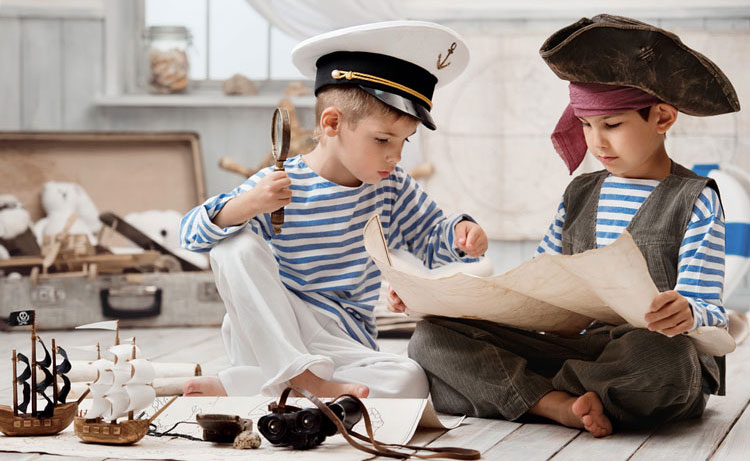
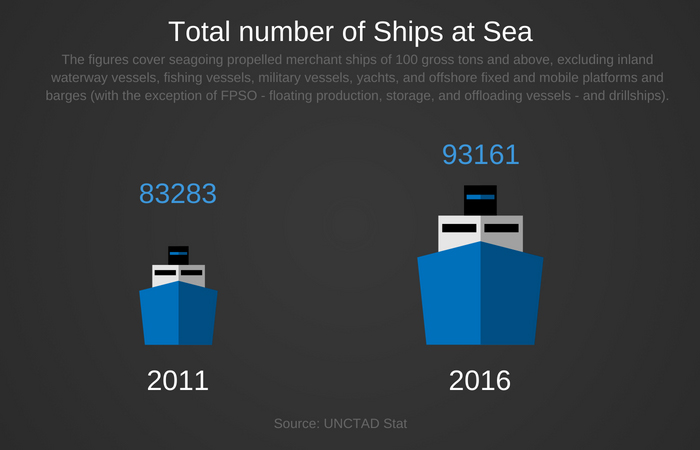
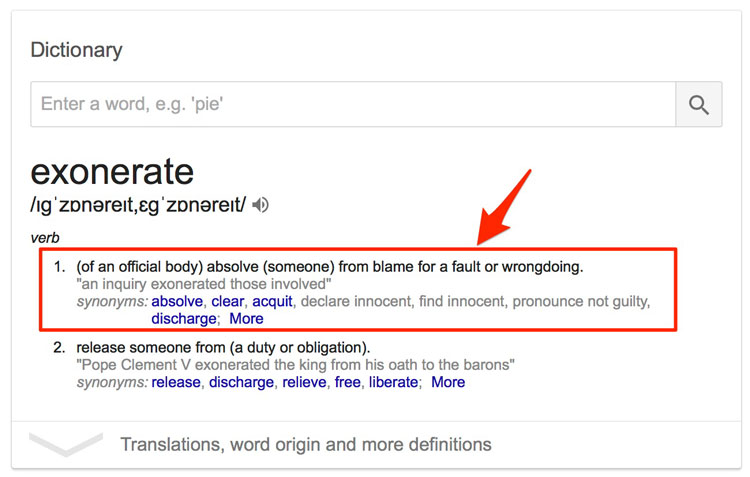
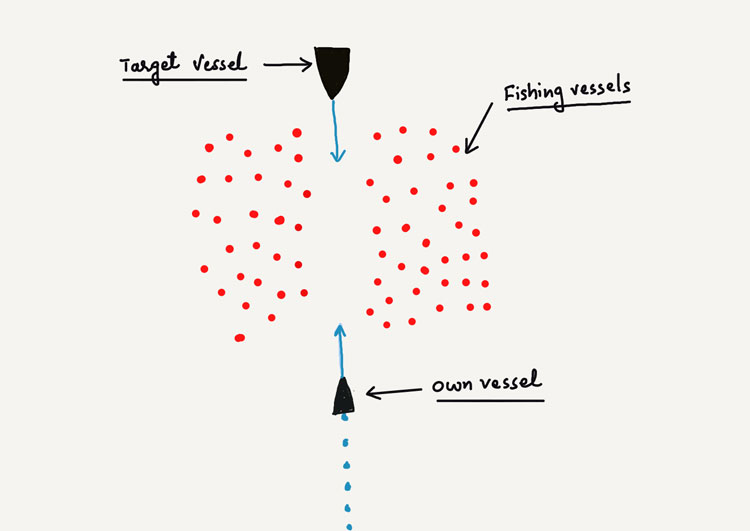
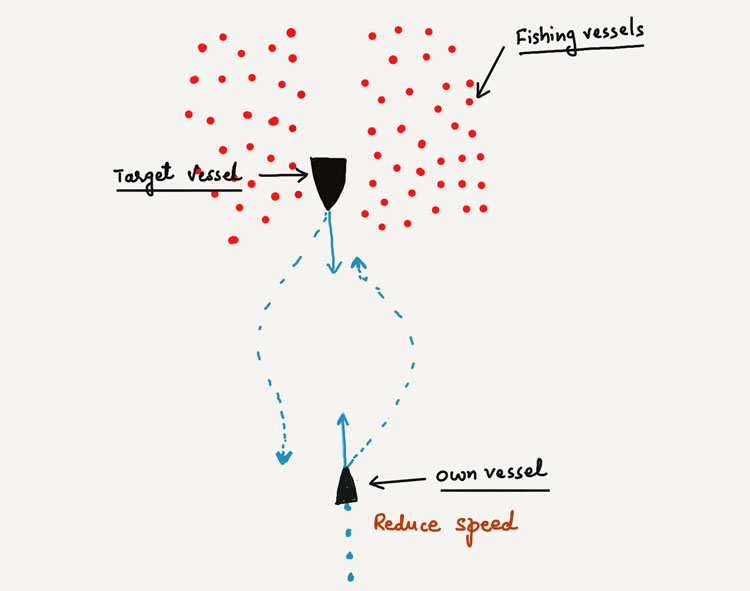
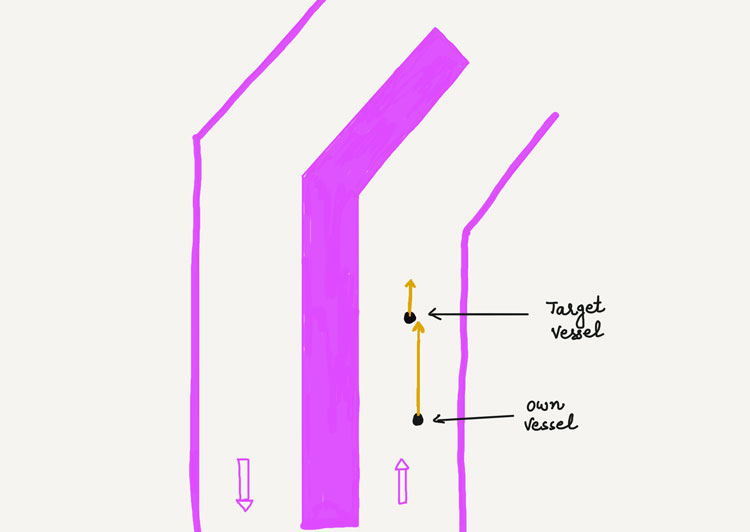
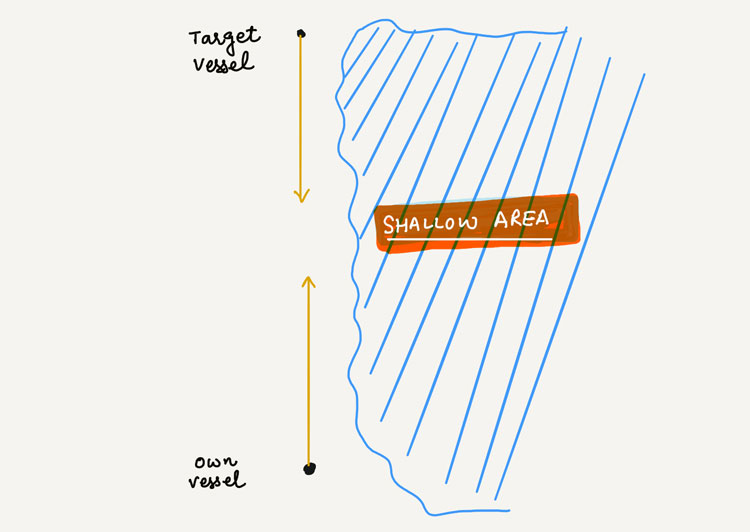
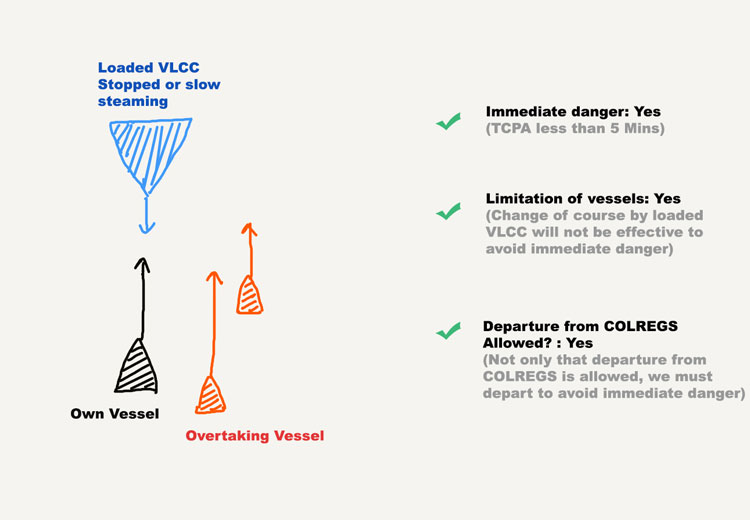
Thanks for this wonderful post. Really Helpful.
Glad you found it helpful Antony...
Amount of effort and explanation given by you on any topic is so helpful and easy which makes you an unique and best captain for me.